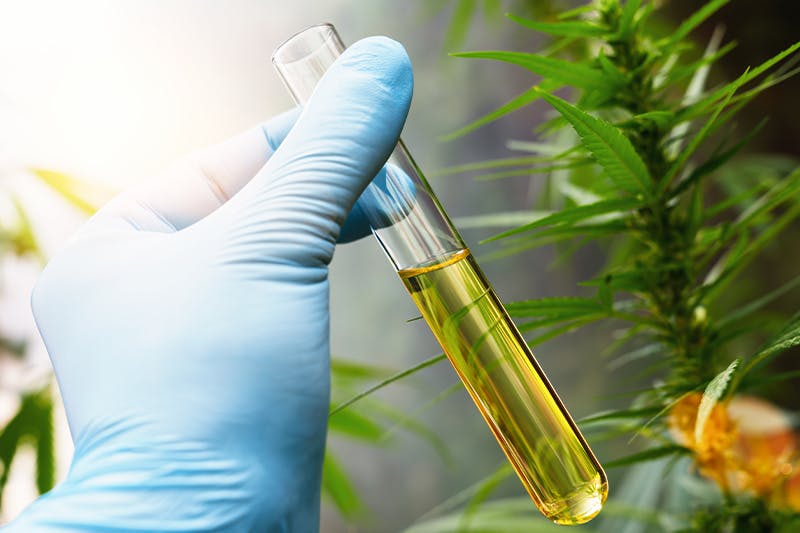The health and wellness industry became flooded with CBD products recently, from oil to vaporizers and capsules to tinctures. Customers are often left wondering what is best suited for them. Their decision can be determined by lifestyle, (where and when to use the product) use considerations (why they want to use the product), and serving sizes.
HtmlCode
What is a CBD Tincture?
A tincture is an extract infused into alcohol, coconut oil, or glycerine base. Cannabinoids are the main extract in CBD tinctures. It typically comes in a bottle with a dropper for quick, accurate application to the tongue or to other things like food and drinks.
Extraction
Separation of components from the cannabis matrix takes place by means of extraction methods and is used to separate particular compounds. Cannabis contains approximately 113 cannabinoids, like cannabidiol (CBD) and Tetrahydrocannabinol (THC).
The same processes can be applied when creating single extracts, known as whole plant extracts. These consist of various desirable compounds. Researchers have also identified over 550 chemicals (terpenes) in cannabis plants, chemicals are concentrated using extraction methods.
Producers require some experience in analytical methods, laboratory equipment, and protective equipment for these methods. Activities must be performed accurately ensuring that the product is safe for human consumption and analytical testing must be completed independently.
READ ALSO: US protesters march for reparations in Tulsa,Oklahoma amid and of black massacre
Alcohol Extraction Method
Alcohol is used in various cannabis extraction processes because it acts as a solvent. Material of the plant is removed when soaked in alcohol. After filtration has taken place the alcohol is removed through an evaporation process. The downside to this method is that chlorophyll molecules dissolve when combined with water. This creates a bitter-tasting flavor.
Temperature control during the evaporation process is important and is a lengthy process. It must be performed carefully because ethanol is very flammable. The upside to this extraction process is that it is not likely to leave the remaining chemicals in the final extract.
CO2 Extraction
A chemical reaction can occur when adding certain substances to systems, the same applies when it comes to cannabis extraction. This cost-effective method is referred to as CO2 extraction and can save time for cleaning.
Carbon dioxide (instead of alcohol) is used to remove components of cannabis from the matrix of the plant. Producers apply heat and high pressure, converting it to supercritical CO2, it is in both liquid and gas form simultaneously.
The equipment needed for this type of extraction is costly, (much more than alcohol extraction) but it produces more and less material is lost during the extraction process. By modifying pressure, runtime, and temperature specific compounds can be extracted.
Once the components have been extracted, the supercritical CO2 is added to a condenser where it is transformed into liquid form. This is filtered for use again. It is not necessary to use a large amount of reagent, making the process cost-effective and produces very little waste.
The remaining CO2 in the extract will evaporate, which is paramount for medical uses. The producer can assure that the final product will not contain residual solvent.
Equipment manufacturers offer new and refurbished systems at different price ranges.
READ ALSO: Gunmen abduct students in attack on Islamic school in Nigeria
Cannabis Extraction by Butane and Propane
Producers use butane to dissolve cannabis for extraction, the result is hash oil. Cannabis and liquid butane are placed in a pressurized system that is heated. The butane solvent is removed by evaporation under a vacuum. This is also referred to as ‘shatter.’ Terpene content must be kept at a minimum to produce shatter, (a hard substance) because terpene can act as a solvent, causing the extract to be soft.
Ensure you have the right sample to start the process as this reduces the number of terpenes contained in the final product. Cured flowers is a great way to start, read more about that Learn more about the cannabis flower and its wonders here:
To remove terpenes, heat hash oil after extraction, because they are more vaporous than CBD and THC.
Butane is flammable when in the gas phase and temperatures must be managed with caution to avoid explosions. Ensure the system has adequate circulators which recycle butane, reducing residual butane in the extract. Analytical testing is necessary to ensure the butane is removed as it is poisonous to humans. This method is quite popular because there is no need for costly equipment and extracts are rather flavorful.
Solvent-Free Extractions
This basic method focuses on grinding or sieving the buds. Formations, crystalline, make up trichrome structures found in plants, like cannabis. They are produced by flowering female plants and act as protection. The bitter taste makes it unappetizing to herbivores. When separated it looks like powder or pollen and consumed as is, or added to other products.
Hashish is a solvent-free, cannabis extract. Trichomes (containing the highest concentration of compounds) are separated from plant material. Hash can be produced by using cannabis buds which are frozen, broken into smaller parts using a screen. Separated trichomes fall through the sieve and are pressed into bricks.
Rosin, a translucent substance produced from flowers is also popular. Heat and pressure are applied to the material the producer would like to extract. This simple process proves effective extraction when analytical testing is conducted, making it very popular and is produces using commercial equipment.
*This is a featured post.













